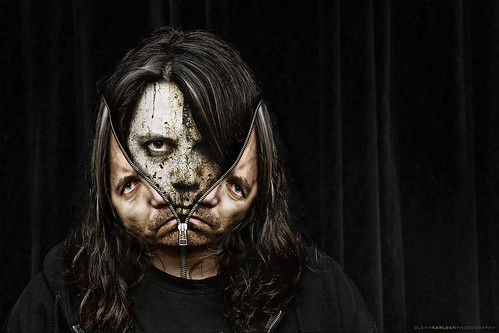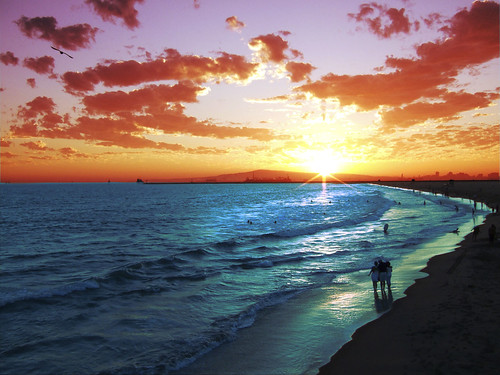In the history of photography, there has never been a time that we can achieve such phenomenal results in editing as has happened in the digital age. And while there are a myriad of tools that the computer and internet have made available to us to enhance and change the images that come from a photo shoot, none can top the popularity and power of Adobe Photoshop. The program has become so synonymous with editing and creating effects that the term, “to Photoshop” has become a verb that means to enhance or alter an image.

We can “Photoshop in” new outfits, accessories or even people to a shot where it was just not possible before. So if you want a picture of you shaking hands with the president, you don’t have to go to Washington to get it, just “Photoshop” your image into the image of the president and it will look as real as if you had been there.
Similarly, we can “Photoshop” out things from a picture we don’t want to see there anymore. So if you have a physical flaw, that can be removed. You can even remove a distracting person from the background of the shot. The program is so sophisticated that these images are possible and you really cannot tell the alteration has been made.
Photoshop has become such a de facto standard for photo processing that if you are setting up a photography studio or business, a copy of the software is as necessary as Microsoft word or PowerPoint. The good thing about this software is that it is readily accessible and a lot of people know how to use it. So if you feel insecure about learning yet another computer application, you can probably find a college student, someone at the high school or maybe the junior high that knows Photoshop in and out and can help you jump start your use of the software as well.
But Photoshop has not always dominated this genre. The program was created in 1989 by two brothers, John Knoll and Thomas Knoll. While the brothers developed Photoshop for custom uses they had at the time, it wasn’t long before the market potential of this software became evident. So, being smart entrepreneurs, John and Thomas founded a little company called Adobe and began operations in 1990.
Adobe has been a shining example of how to achieve success in the age of the internet. Today few of us who use the internet are not aware of Adobe. You probably cannot find a personal computer that uses the internet that does not have a free copy of the Adobe reader on it to read PDF files. The PDF format is yet another example of how this little company has created and then taken over a particular market of online business.
To really become skilled at using Photoshop, the first thing to do is probably find a copy to play with. Like most computer applications, you can probably find a copy on a friend’s computer just to tinker with it and get a feel for the controls. Then if your friend is a wizard at Photoshop, let him or her show you some of the real “wiz-bang” things they can do with Photoshop using the same menus you were just tinkering with. This little Saturday afternoon experiment could turn you into a Photoshop addict forever.
After that, you would do well to download a copy for yourself. You can get an evaluation version that will give you most of the features. But you really only need that if you are not sure if you are going to buy a copy. Since Photoshop dominates this market, you almost certainly will buy a copy so you might save some frustration and purchase a licensed copy right away. Now, you will probably find yourself playing with the software for long hours just having fun and that’s great. But don’t overlook the value of taking some organized classes in photo editing using Adobe Photoshop. These classes can show you the shortcuts and how to get the most out of the software.
From there on out, your imagination is the only limit to how you will use this tool to make your photographs better for your customers. And you will be able to respond enthusiastically when someone says, “that’s ok, you can just Photoshop that and fix it right up.”





